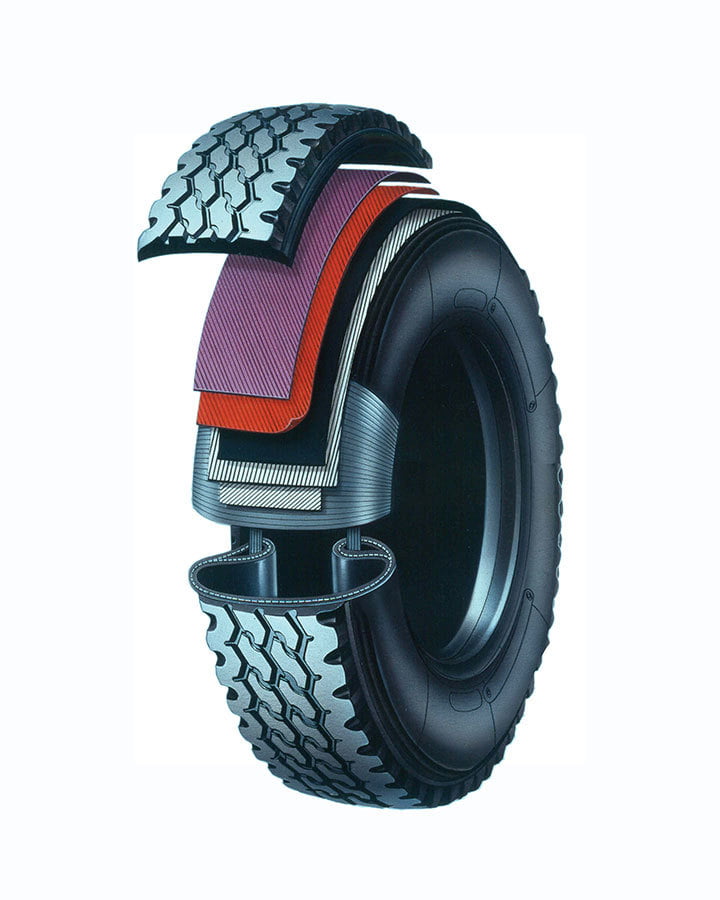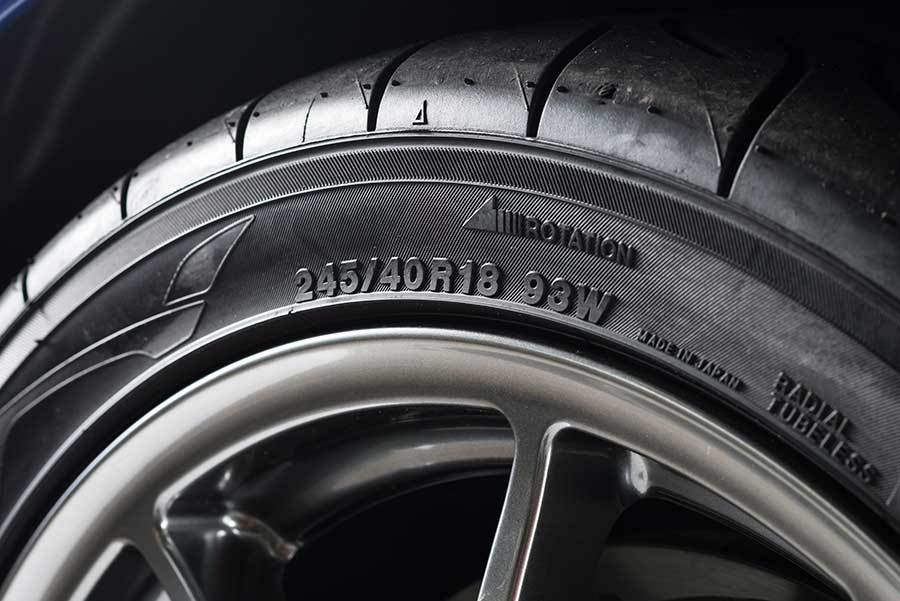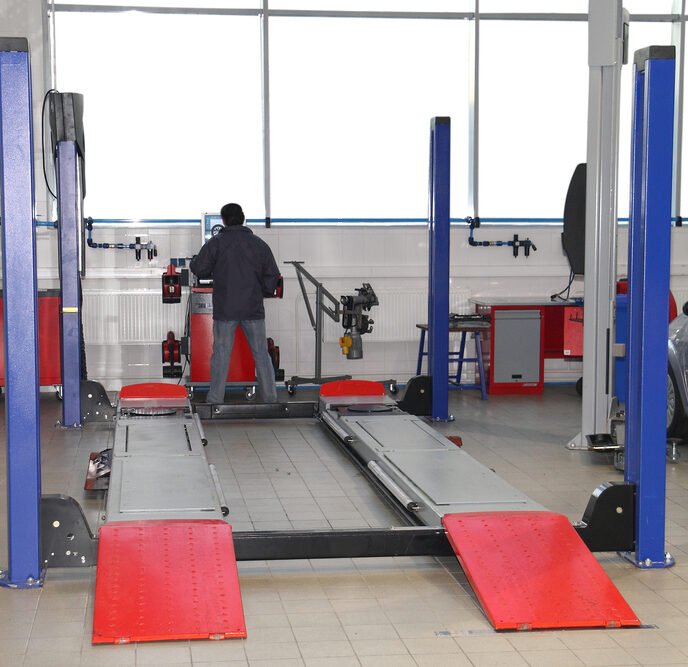What Are The Parts Of A Tire? A Complete Guide.
Tires are a very integral part of every vehicle. Without them, there’s definitely no way you’re going to get anywhere. That’s why it is so important to understand the varying parts and the role each one plays. From the tread to the bead liner, here’s what you need to know about the seven parts of a tire.
What Are the Seven Parts of a Tire?

Each part of the tire has a specific purpose that helps ensure the integrity of the tire and your overall safety on the road. There are seven common parts you need to know to fully understand how a tire works.
Tread
This is the part of a tire that comes in contact with the road. Likewise, tread sipes are the smaller treads within the tread that help improve traction on slick surfaces such as sand or snow.
Sidewall
The sidewall is the side of the tire from the bead to the tread. The main purpose is to provide protection to the cord body. Most pertinent information about the tire is printed on the sidewall.
Belt Plies
These are the strong layers of cord located just under the tread. They provide stability and durability to the tire tread. In most cases, there can be anywhere from two to fourteen belt plies in a single tire.
Radial Cord Body
The radial cord body is made from rubber coated nylon cords called body plies. Usually made from polyester, the cord body gives the tire additional strength to hold up to wear and unexpected road conditions.
Inner Liner
Composed of solid rubber, the inner liner is the part of the tire that holds air. This is a crucial section of the innermost part of the radial cord body. While it is similar to an inner tube, modern passenger vehicle tires do not actually use inner tubes anymore.
Beads
This is the portion of the tire that holds the tire to the rim. Designed to keep the tire from moving out of place when the wheel rolls, they’re often made from high-tensile wire woven into rubber.
Bead Filler
This is a solid rubber compound inside the beads of the tire designed for added stability within the sidewall and bead area.
How to Read a Tire Sidewall

One of the most important skills that everyone needs to learn at some point in their adult life is how to read a tire sidewall. This important piece of the tire features all pertinent information that you need to know about the type, size, and diameter of a particular tire.
The six different parts of information on the tire sidewall are type, width, ratio, radial, wheel, and index. For example, the sidewall of a tire might have this written on the side:
P225/60/R17
In reading this, you would see that the type is P for passenger vehicle. The width of the tire is 225-millimeters. The aspect ratio is 60% as tall as it is wide. The R is for radial and 17 is the size of the wheel. Using this same formula, you can dissect any tire size written on the sidewall to determine whether a particular tire will fit your vehicle or not.
Comparing Different Types of Tires
When purchasing tires, it is important to know more than just the size. You want to ensure you’re buying the right type of tire for your particular vehicle and the conditions you’ll be driving in. For example, ice and snow conditions need a different type of type than dry roads or heavy mud. Here’s what you need to know.
Commercial Trucking Tires
These are the type of tires you see on large semi-trucks, fire trucks, and other forms of heavy equipment. They have a stiffer sidewall and heavier tread to accommodate their use in difficult weather conditions and even construction situations. These tires feature a heavier load rating to accommodate the size of the vehicle they are on.
Winter Tires
You can tell a winter tire by the coding “M+S” located on the sidewall. They have twice or more the number of tread sipes and feature a softer rubber compound that grips better in ice and snow conditions. Those who live in climates with rough winter conditions should consider using this type of tire during the cold season.
All-Season Tires
Also called an “AS” tire, all-season tires can be driven in any weather condition. This is one of the most popular types of tire for ordinary passenger vehicles. These are tires with a non-aggressive tread pattern that are generally original equipment on cars and trucks straight from the factory. The vast majority of tires available at local repair shops are classified as all-season tires.
Off-Roading or 4×4 Truck Tires
These tires can be classified as those for passenger vehicles or light trucks. They are specifically for situations where the vehicle is driven off paved roads in the sand or dirt. With an extremely aggressive tread pattern, they are specifically designed to keep from getting stuck in the mud.
SVI – Your Resident Auto Lift and Tire Changer Experts
Despite what most people might believe, there is far more to modern tires than just air inside of rubber. Whether you’re looking to buy new winter tires for your sedan or are looking for commercial ones with a meaty tread designed for a fire truck, it is important to know the various options available. By knowing this information, you can ensure you’re getting the right size and style for your needs every time.
Ready to learn more about how SVI International Inc. can help with all your commercial lift needs? Please contact us today.


